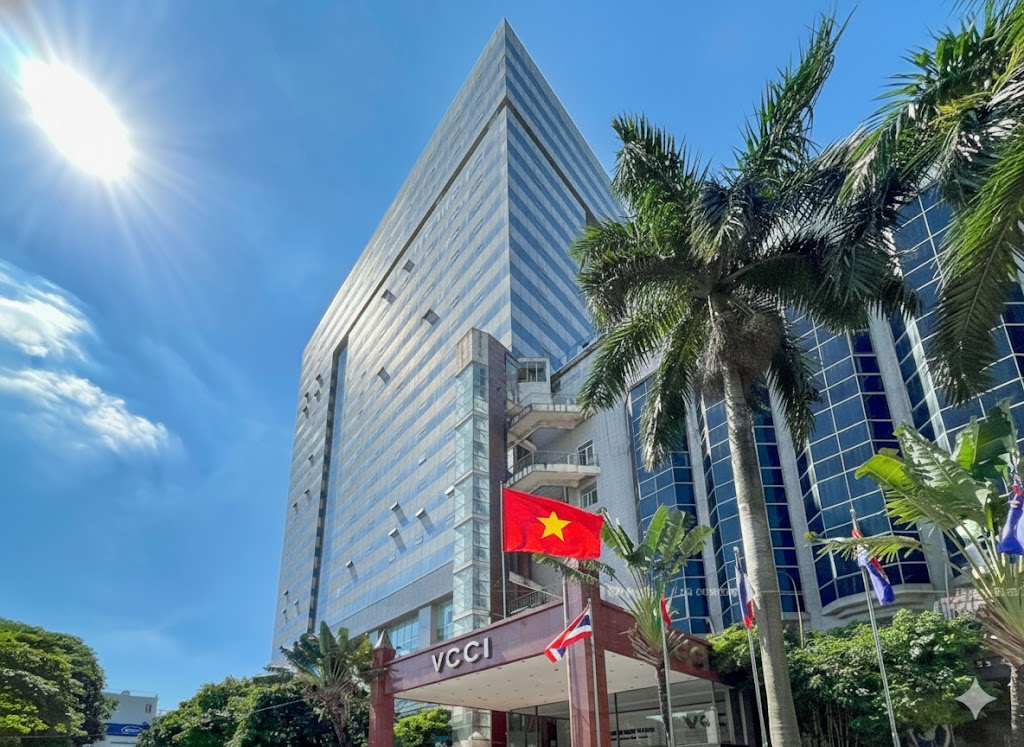Opportunities for accelerating Vietnam's seafood exports
Seafood is one of the key industries contributing significantly to Vietnam's export turnover. In the first nine months of the year, seafood exports brought in US$7.16 billion, an 8.5% increase compared to the same period in 2023.
 |
|
Nguyen Hoai Nam, Deputy Secretary-General of the Vietnam Association of Seafood Exporters and Producers (VASEP) |
How do you assess the implementation of the CPTPP and the opportunities it presents for Vietnam’s seafood industry?
The CPTPP markets are playing an important role in Vietnam’s seafood exports. According to the data we monitor, the CPTPP accounts for about 25-27% of the total export value of Vietnam’s seafood industry.
This equates to roughly US$2.2 to US$2.6 billion, a very impressive figure. In 2022, seafood exports to CPTPP member countries grew by 30%, reflecting the significant importance and potential of this market.
There are still many opportunities for the industry, as beyond favorable tax rates, we also receive various forms of support from the government and investment flows, including access to raw materials.
Many countries within the CPTPP, while having good raw material sources, lack the processing capacity for seafood. This has led them to transfer raw materials to Vietnam, positioning us as a central hub in the global seafood processing and export chain.
Besides opportunities, what challenges does Vietnam's seafood industry face in implementing the CPTPP?
One of the first challenges is the awareness of enterprises when entering CPTPP markets. In the initial stages, businesses needed time to understand the rules of origin (C/O) to fully benefit from preferential tax rates.
However, thanks to support programs from ministries, sectors, and associations, businesses have quickly adapted and are now capitalizing on the agreement’s advantages.
Another challenge is competition. Although the CPTPP offers numerous opportunities, countries in the Americas also have strong seafood supplies, directly competing with Vietnam.
This requires more support from ministries and sectors, particularly in trade promotion and economic diplomacy, to help expand market share.
At VASEP, we’ve implemented various activities to support businesses. First, we’ve collaborated with the Ministry of Industry and Trade during negotiations to secure the best benefits for the industry.
Additionally, we frequently organize trade promotion programs to help businesses expand their markets.
VASEP has also built an information system to closely monitor markets, enabling companies to stay informed about trends and opportunities. Each week, we assess market conditions and provide timely updates to help businesses strategize their exports effectively.
The seafood industry has made significant contributions to Vietnam's export turnover but has also faced challenges, such as trade defense lawsuits. How has VASEP helped businesses deal with these issues?
Indeed, the seafood industry, particularly key products like shrimp and pangasius, has faced anti-dumping lawsuits. Our experience with these cases has taught us valuable lessons.
As market share increases in certain regions, there are always signs that we warn businesses about regarding potential anti-dumping investigations.
For markets where investigations are underway, VASEP supports businesses by bringing companies together, hiring lawyers, and participating in the investigation process.
Our goal is to protect the legitimate interests of Vietnamese businesses and assert the legality of our export activities. The results of these cases have been successful, allowing Vietnamese shrimp and pangasius to maintain their market share in major markets.
How have anti-dumping lawsuits impacted Vietnam's seafood exports?
Anti-dumping lawsuits certainly create challenges. Without such investigations, we could have expanded market share even faster.
Companies have to allocate significant resources to address these cases, from legal fees to ensuring compliance with the importing country’s regulations.
However, these experiences also help us build expertise and strengthen our competitiveness, not just in the US but in other markets as well. Being well-prepared allows us to handle any challenges that arise as we integrate into the global market.
What is your outlook on Vietnam's seafood exports for the rest of the year?
Achieving the US$10 billion target may be challenging due to current difficulties in some markets. However, we are confident that reaching US$9.5 billion is entirely feasible. With the stable export growth we are seeing, we believe the seafood industry will continue to have a successful year.
Thank you, sir!
|
According to the General Statistics Office, to further increase Vietnam's export turnover, several key measures must be implemented effectively in the near future: First, improve the quality of exported goods, with particular emphasis on product traceability, reducing export product costs, and enhancing competitiveness in terms of price and quality in the global market, especially for Vietnam’s key export products. Second, continue to diversify the methods of widely promoting the benefits of the FTAs, boost exports, enhance efficiency, and ensure the sustainable export of Vietnamese goods to markets with signed FTAs. Third, continue to innovate trade promotion activities, focusing on maximizing digital transformation in trade promotion efforts, and strengthening supply-demand connections both domestically and internationally. |








